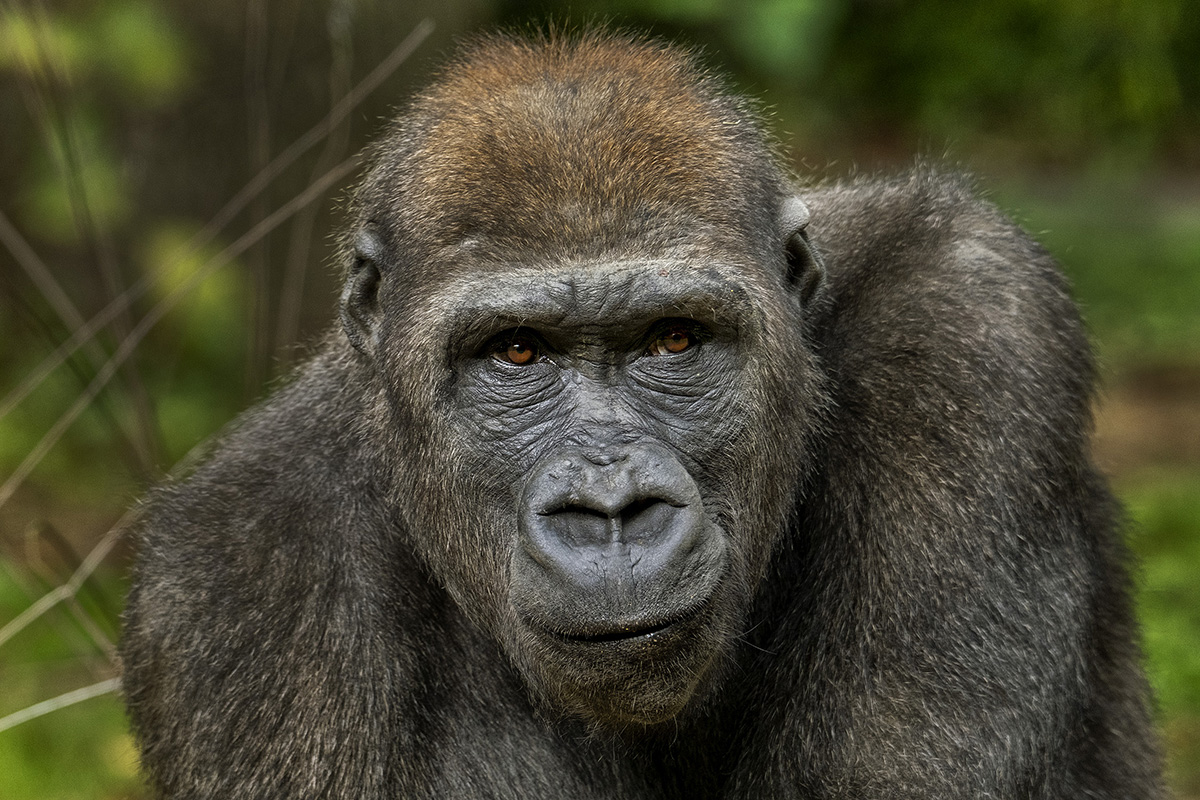An Ultra-Telephoto Day at the Zoo
Ken Hubbard captures the Bronx Zoo’s menagerie up close with the Tamron 150-500mm Di III VC for Fujifilm X-mount.
Share the article:
More Photo Tips | Video Gallery | Photo Gallery | Enewsletter sign-up
By Jenn Gidman
Images by Ken Hubbard
A day at the zoo, with its requisite photos, requires a fast, sharp lens with enough reach to capture animals hanging back in their enclosures, in a compact-enough package so that you don’t feel like throwing it to the lions after lugging it around all day. As Ken Hubbard discovered on a recent trip to New York City’s Bronx Zoo, the Tamron 150-500mm Di III VC VXD ultra-telephoto zoom lens for Fujifilm X-mount proved the perfect lens for that kind of excursion.
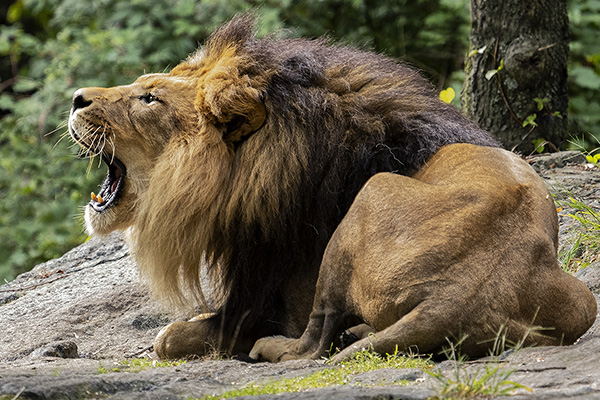
150-500mm (500mm), F/6.7, 1/320 sec., ISO 640
Click image to view larger
“What’s really nice about the 150-500mm for Fujifilm cameras is that those cameras feature APS-C crop sensors, so you’re now talking the equivalent of a 225mm-750mm lens in a very small, lightweight package,” Ken explains. “At the zoo, that’s a definite advantage, because even though the zoo brings the animals as close as possible to you, there are often some stubborn ones that keep their distance in the enclosure and aren’t as close as you’d like them to be.”
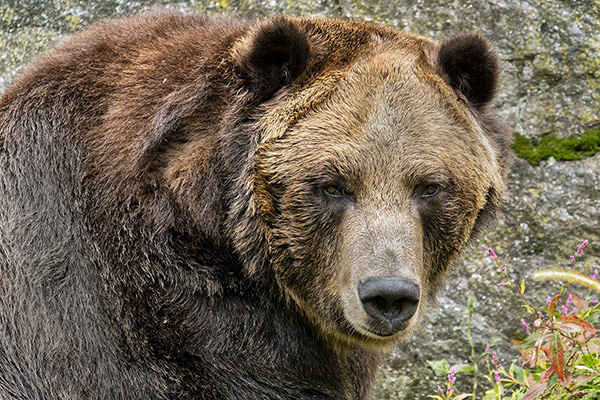
150-500mm (500mm), F/6.7, 1/160 sec., ISO 640
Click image to view larger
Being able to use a versatile lens like the 150-500mm to zoom in to where you want and crop out distracting elements can also prove extremely useful when you’re dealing with creatures who’ll sit in front of any background they feel like, whether or not it’s ideal for the photo you have in mind. “For the picture of the gorilla you see here with the reddish-brown head, he was getting close enough to me so that I could crop nice and tight, then open up my aperture and drop out the background to make it softer,” Ken says. “It makes for a more powerful portrait, because your eyes go straight to his eyes, with no distractions behind him. And you’re always going to have those distractions in a zoo, whether it’s fence or a pole or too many branches.”
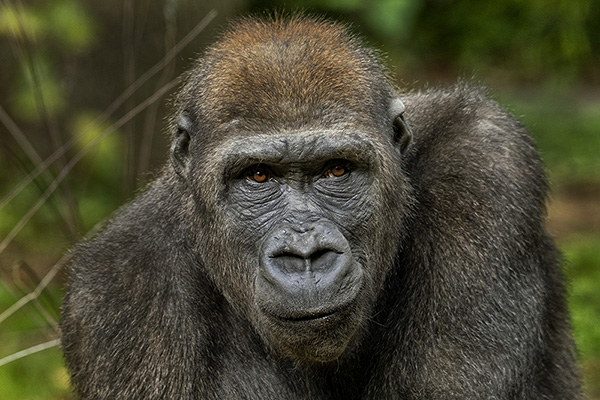
150-500mm (299mm), F/6.3, 1/100 sec., ISO 1250
Click image to view larger
If the light is ample and comes with accompanying glare, Ken recommends bringing a circular polarizer along. “If you’re shooting through glass, glare and reflections can be one of the most frustrating parts about taking pictures at the zoo,” he says. “You’ll get the animal with the perfect post and expression, and then you’ll have your red jacket reflecting off the glass. The circular polarizer can help tamp down on that.”
With a Minimum Object Distance (MOD) of 23.6 inches at the 150mm end and 70.9 inches at the 500mm end, plus a maximum magnification ratio of 1:3.1 at the 150mm end, the 150-500mm offers excellent up-close shooting capabilities. “For that close-up of the gorilla, I wasn’t exactly at the minimum focus distance, but I was pretty close,” Ken says. “He was right next to the window, so I was able to achieve a very tight close-up of the face and capture the emotion of the eyes, the character of all of his wrinkles.”
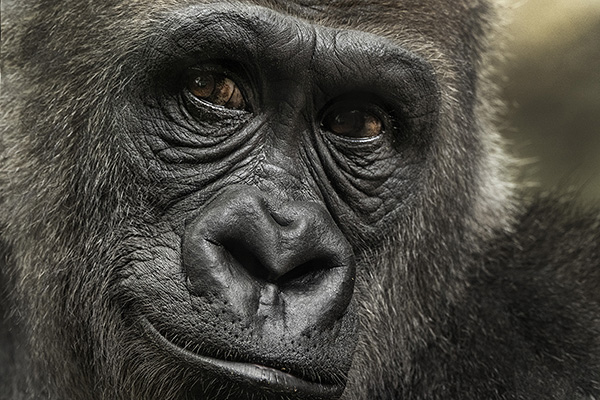
150-500mm (358mm), F/6.3, 1/60 sec., ISO 1250
Click image to view larger
Thanks to the 150-500mm’s VXD linear motor focus mechanism, photographers can be assured of high-speed, high-precision autofocus. “This lens is super-accurate and super-fast,” Ken says. “When it locks on, it locks on. It’s one of the best motors Tamron has ever produced, and when you combine that with the face/eye detection setting on today’s cameras, which has the camera hunt for the animal’s eyes to focus on, you’re going to achieve sharp images.”

150-500mm (500mm), F/6.7, 1/200 sec., ISO 1250
Click image to view larger
Although Ken will sometimes bring a monopod on such trips—and he advises to check with your own local zoo before bringing a monopod or tripod to see if it’s permitted—he typically finds it easier to shoot handheld. “Between the Vibration Compensation (VC) feature on this lens and using the proper shutter speed, I’m not worried about shooting handheld with this lens,” he says. “Plus, the 150-500mm features a lens hood with a rubberized front, which is very useful when I’m shooting through glass, like in the Congo exhibit, or in an aquarium. It was likely designed with that rubber to prevent it from slipping off a metal or glass counter, but for my purposes, I press it into the glass when I’m taking pictures. By just applying that bit of pressure, it gives me extra grip and keeps the lens from slipping as I’m trying to shoot.”
The sharpness aided by the VC and excellent image quality across the entire zoom range is evident in the images Ken captured of his Bronx Zoo subjects. “You can see it especially in the bird photos, where you always want super-sharp feathers,” he says. “When you zoom in to the bald eagle picture here and look closely at the feathers under the beak, you can see every individual piece of the feather. In some of the other images, you can see every wrinkle in the gorillas’ faces and every hair. This lens is incredibly sharp.”
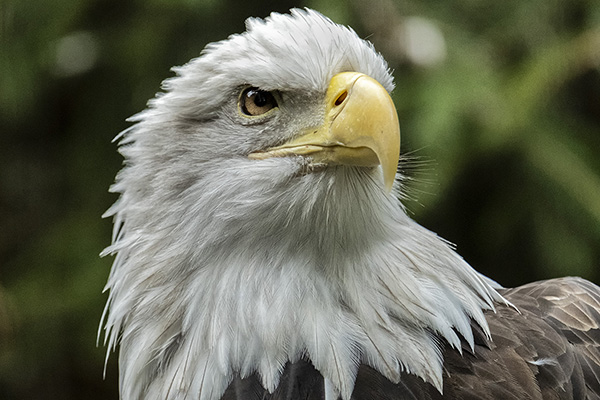
150-500mm (474mm), F/6.3, 1/1250 sec., ISO 4000
Click image to view larger
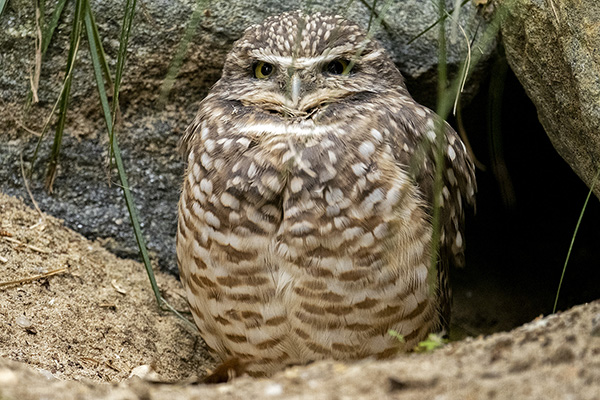
150-500mm (500mm), F/6.7, 1/800 sec., ISO 4000
Click image to view larger
With a length of just 8.3 inches, and a weight of 60.3 ounces (60.8 ounces for Sony E-Mount model), the 150-500mm allows for comfortable ultra-telephoto photography. “This lens is surprisingly compact and light for a lens with this reach,” Ken says. “You obviously don’t want to pick up an extremely well-constructed piece of glass like this and have it feel like a feather. But this is a lens that’s very easy to carry around all day at the zoo to capture all the images you want to.”
One recommendation Ken can make for future zoo-goers: Get there early. “The Bronx Zoo and others have been keeping the time-specific reservations they started using during the pandemic, meaning you make an appointment for a set time to arrive, then stay as long as you like,” he says. “I like grabbing that first slot, because not many people are there that early, which makes it easier to take pictures.”
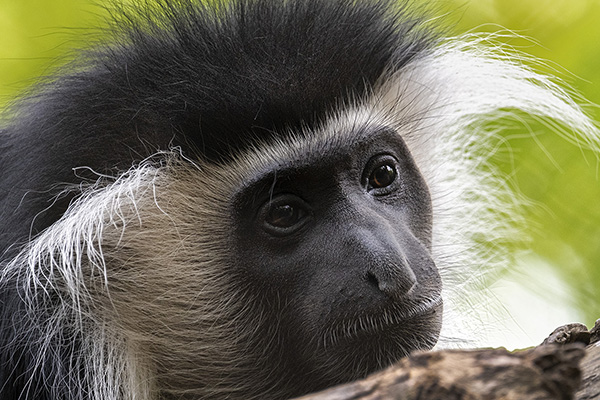
150-500mm (500mm), F/6.7, 1/80 sec., ISO 1250
Click image to view larger
It also affords unique interactions with the animals that you might not get otherwise. “That gorilla I talked about earlier with the reddish-brown head—I was literally the only person at the Congo Gorilla Forest when the zoo opened, so I was able to take photos for about 25 minutes with no one else around,” Ken says. “That gorilla came over to the window, stared at me, then left and started pounding on another window. I walked over to that window, he looked at me, then he ran over the far end of the enclosure, pounded on that window, and started the process all over again. It was like a game of tag, with just him and me. It made me think about who was really observing who in the zoo.”
More Photo Tips | Watch Videos | Learn More About Tamron Lenses | Photo Gallery
